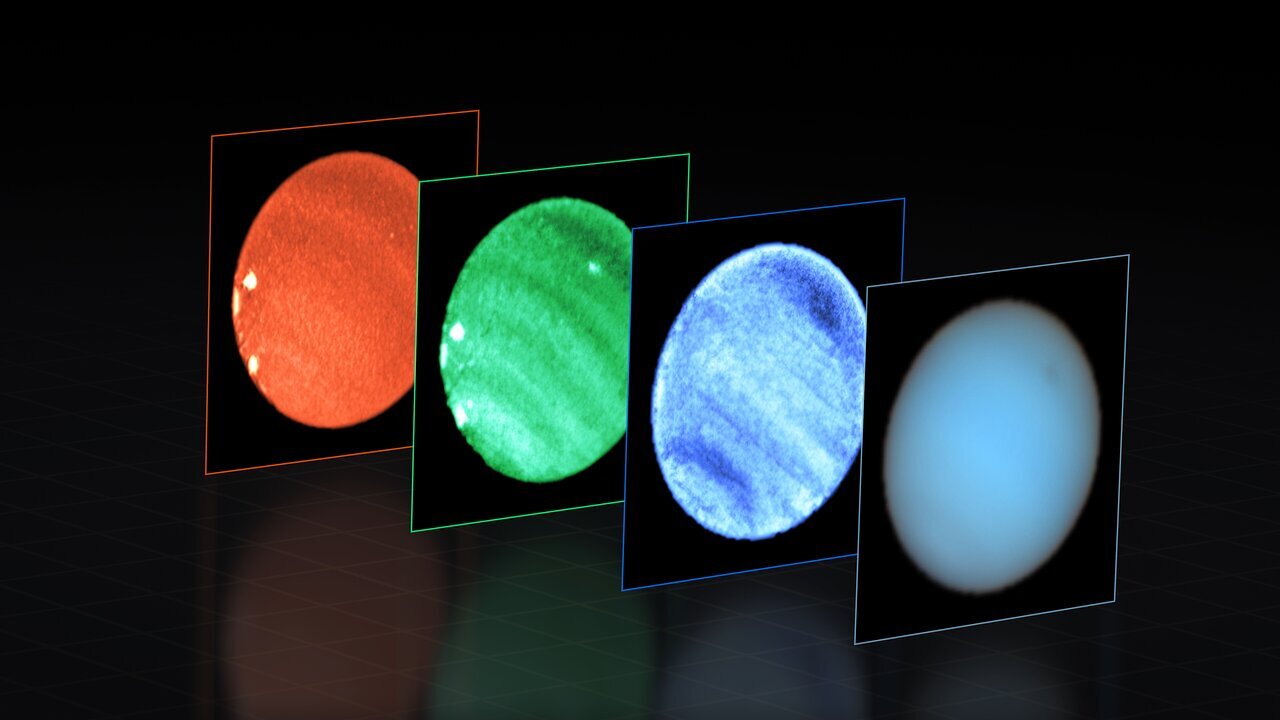Astronomers first saw a dark spot on Neptune from Earth. Usually such formations are giant storms that can exist in the atmospheres of planets for months and years. However, this time scientists saw something completely new.

Spots on Neptune
Astronomers from the European Southern Observatory in Chile reported that they were able to see dark spots on Neptune from Earth for the first time. In this they were helped by a Very Large Telescope (VLT), which they had at their disposal.
A variety of spots are commonplace on giant planets. On Jupiter they have a red or orange color, on Saturn — yellow, on Neptune — dark blue. In fact, these formations are storms so large that they can be compared to the Earth. They can exist for months and years.
The dark spot was once seen on Neptune. This happened in 1989, when the Voyager 2 spacecraft flew past it. However, after a few years, this atmospheric phenomenon disappeared. Scientists believe that the dark color of such storms is given by dust particles, which usually hide from us the light layers of fog in the atmosphere of a gas giant.
Scientists believe that when a storm occurs on Neptune, it disperses the fog and the lower layers of the atmosphere become visible. However, it has not yet been possible to verify this assumption due to the temporary nature of these phenomena.
Unexpected discovery
This time, the dark spot appeared on Neptune not by itself, but surrounded by very bright areas. Scientists have thoroughly approached its study. They used the MUSE spectrographic instrument attached to the VLT to decompose the light reflected from the dark spot into separate wavelengths.
Since different wavelengths probe different depths in Neptune’s atmosphere, the presence of the spectrum has allowed astronomers to better determine the height at which the dark spot is located in the planet’s atmosphere. The spectrum also provided information about the chemical composition of various layers of the atmosphere, which gave the team clues as to why the spot looked dark.
But the main surprise is the bright spots that surround the storm. They turned out to be clouds of a type never seen before on Neptune. They are very bright, but they are at the same depth as the storm, that is, much lower than the upper layers of the planet’s atmosphere.
According to phys.org
Follow us on Twitter to get the most interesting space news in time
https://twitter.com/ust_magazine
